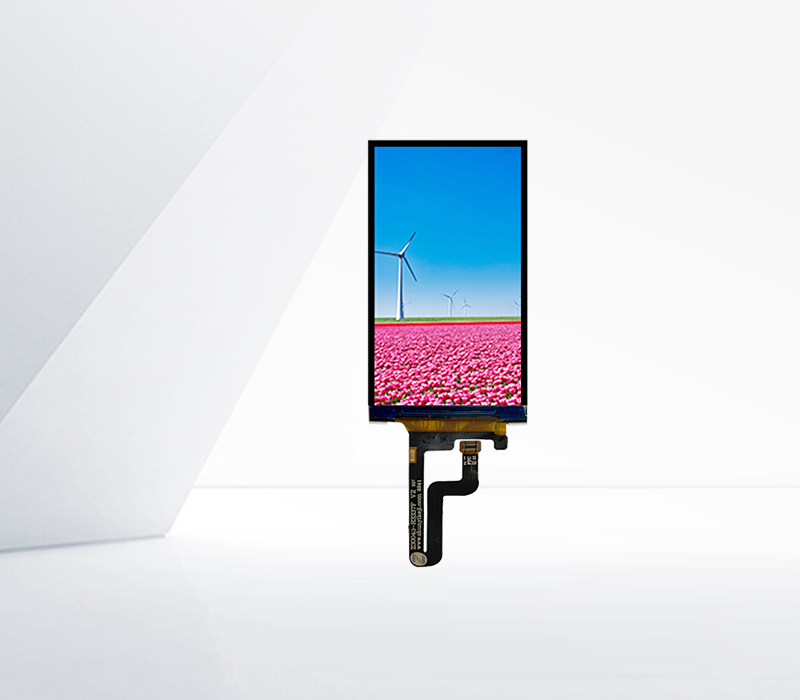




Imported LCD displays often come with a reputation for high quality and advanced technology. Manufacturers from countries like South Korea, Japan, and Taiwan have been at the forefront of LCD technology for many years.
One of the advantages of imported LCD displays is their superior image quality. They typically offer high resolution, accurate color reproduction, and excellent contrast ratios. This makes them ideal for applications where image quality is critical, such as in professional photography, graphic design, and video production.
Another benefit of imported displays is their reliability and durability. These displays are often built to strict quality standards and are tested rigorously before being released to the market. This ensures that they can withstand long hours of use and harsh operating conditions.
Imported LCD displays also tend to have a wider range of sizes and features. Manufacturers are constantly pushing the boundaries of technology, introducing new display sizes, thinner bezels, and advanced features like HDR (High Dynamic Range) and OLED (Organic Light Emitting Diode) technology.
However, imported LCD displays can be more expensive than domestic ones due to factors such as import duties, shipping costs, and brand premiums. Additionally, there may be longer lead times for delivery and limited local support and service. Moreover, in some cases, domestic displays may offer similar or even better performance at a lower cost, making them a viable alternative for many applications.
